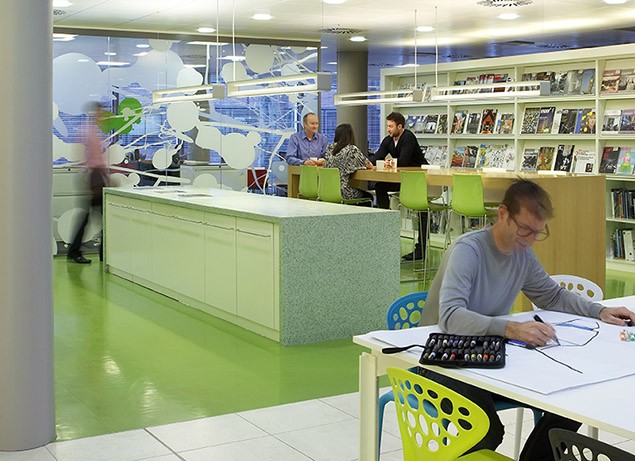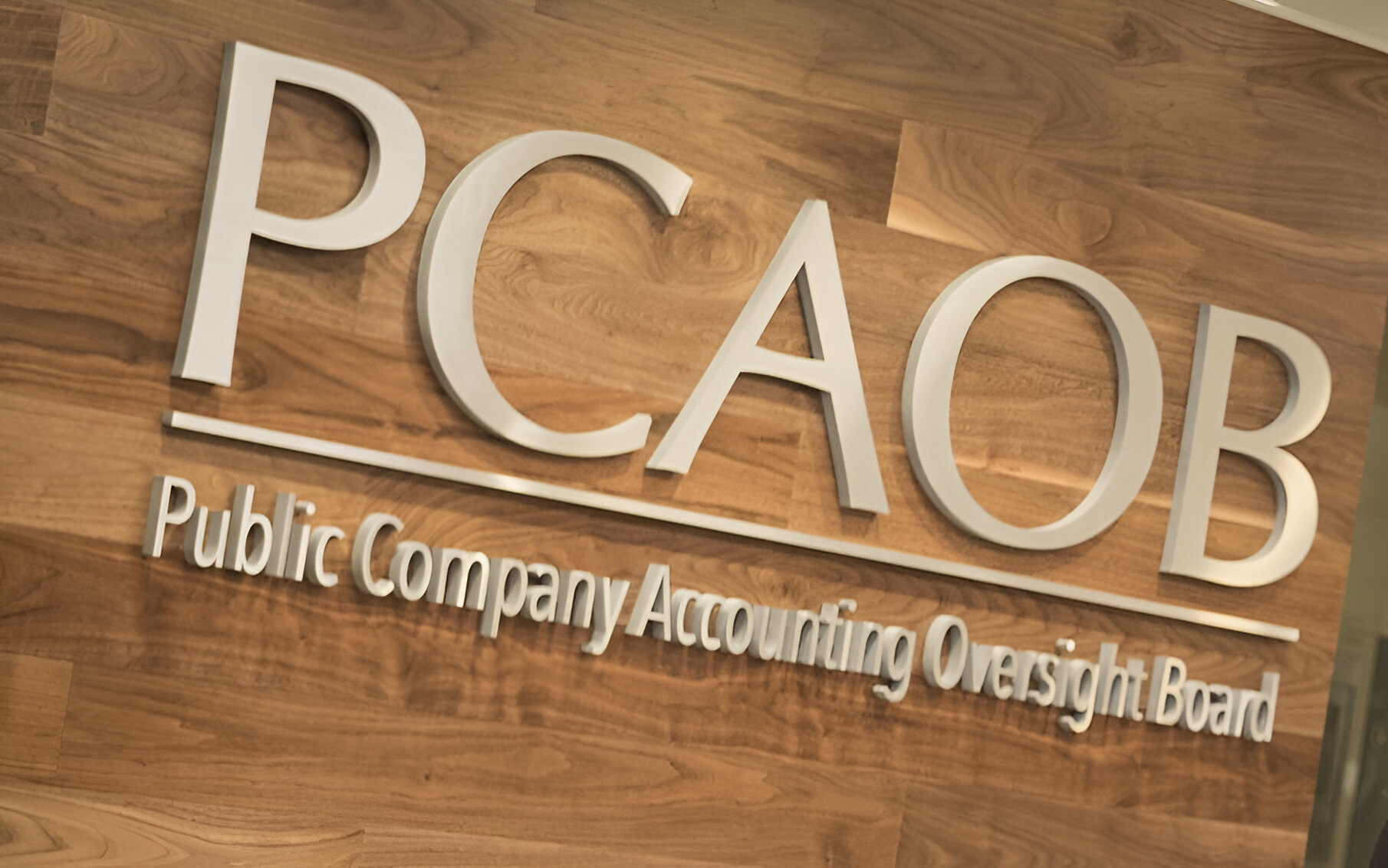Trends in the workplace can have a great effect on productivity and worker satisfaction, according to a new report. And that doesn’t just mean whether people are congregating around the water cooler or if thin or wide ties are in style.
According to the annual Top 10 Workplace Trends report by the Society for Industrial and Organizational Psychology (SIOP), mobile technologies and new human resources tools are leading the way. The survey included SIOP’s nearly 8,000 industrial-organizational (I-O) psychologist members. The group’s top ten workplace trends for the coming year are:
#10. Changes in Laws May Affect Employment-Related Decisions: Changes in current laws and regulations and the passage of new ones—such as the Affordable Care Act, updated Office of Federal Contract Compliance Programs requirements, and state laws on marijuana use—have the potential to affect numerous HR and organizational practices. I-O psychologists will continue to ensure the programs they implement align with these and related legal standards.
#9. Growth of Corporate Social Responsibility (CSR) Programs: The measure of a good company has traditionally been its revenue or stock price, but more companies today are also being judged by what they give back to their local and global communities. CSR is becoming a business requirement for organizations that want to be seen as responsible citizens. I-O psychologists are finding that these actions affect how people feel about companies, their purchasing behaviors, and the attitudes of the employees who work there.
#8. Changing Face of Diversity Initiatives: Simply having a diverse workforce may not be enough to give your organization an edge in today’s workplace. To make the most of a diverse workforce, leaders need to know how to properly utilize such diversity. I-O psychologists are finding that programs which value and leverage such concepts as inclusion and equality have more effective managers, drive greater productivity, and attract a more diverse workforce.
#7. Emphasis on Recruiting, Selecting for, and Retaining Potential: I-O psychologists expect that organizations will need to increase emphasis on recruiting and selecting new employees this year, while still retaining top talent, due in part to a strengthening economy. I-O psychologists will continue to contribute to these processes through the development and validation of legally defensible selection procedures and training/development programs as well as the identification of key attributes of the roles, positions, and organizations that top talent find most desirable.
#6. Increased Need to Manage a Multi-Generational Workforce: Four generations make up the current US workforce–more than any number in history. These include Generations X (1965-1985) and Y (1986-1990s), the Baby Boomers (1946-1964) and the Silents/Veterans (before 1946). The generations come to work with differing perspectives, assumptions, and skills. I-O psychologists are continuing to research and implement methods that maximize the potential advantages of these differences, such as increased employee learning and team collaboration.
#5. Organizations Will Continue to “Do More with Less”: With declining budgets over the past few years and stakeholders calling for better management and performance of organizations, resource optimization has become core to many organization’s business strategies. I-O psychologists are working to help organizations identify innovations that allow them to reduce costs, increase organizational efficiency, and generally do more with less.
#4. Increasing Implications of Technology for How Work is Performed: Technology is radically transforming all aspects of work. In 2015, I-O psychologists expect this trend to continue, with more automation of certain tasks and jobs and changes in how employees perform tasks and interact with others. I-O psychologists will help organizations understand the implications of these changes and what they mean for the future of certain roles, the employee experience, collaboration, management styles, performance management, and HR processes.
#3. Integration of Work and Non-Work Life: Reduced boundaries between work and home life as a result of new technologies (e.g., wearables, social media, smart phones, Google glass) pose challenges for maintaining a healthy work-life balance. I-O psychologists are continuing to study the effect of new technologies on work-life balance and if and how these technologies can be used to improve it.
#2. Continued Use of HR Analytics and Big Data: Big Data has been THE corporate phrase as of late, and it is not going anywhere. I-O psychologists have long recognized the value of science and data analysis for improving business and HR decisions. With the automation of collection and storage of data, more advanced hardware and software, and larger databases, empirically-based Big Data predictions will become increasingly fundamental to workplace decisions.
And the # 1 trend…
#1. Mobile Assessments: As technology continues to expand and develop, mobile assessments will be tapped for selection, performance management, and training and development decisions. It is increasingly important for organizations to understand how technology, including social media and social collaboration, is changing the science and practice of selection, recruitment, performance management, engagement, and learning. I-O psychologists will continue working to design assessments that are valid and reliable regardless of how and where they are delivered.
Thanks for reading CPA Practice Advisor!
Subscribe Already registered? Log In
Need more information? Read the FAQs
Tags: Accounting, Firm Management




